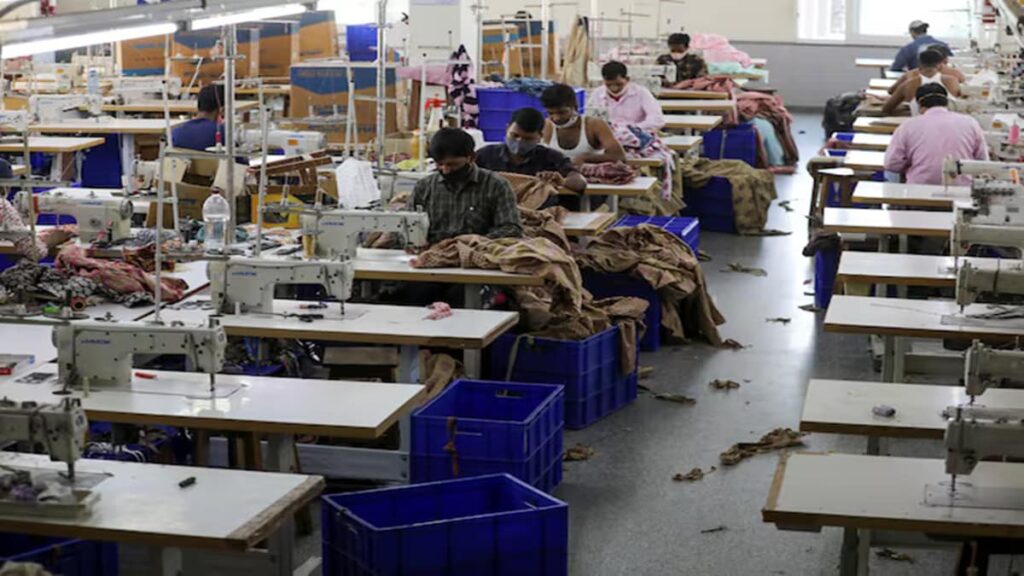NEW DELHI: New production-linked incentive (PLI) schemes are set to be given a quiet burial, with many of the existing ones yet to produce satisfactory results. “The spirit of PLI has been lost. PLI is no longer the favoured child,” an official said on condition of anonymity.
Instead, the government is working out the contours of new incentive schemes for a clutch of industries. These incentives will, however, be markedly different from PLI schemes in terms of structure and objectives, with a sharper focus on job creation and quality of products, official sources said. While the Budget for FY26 stated that new schemes would be rolled out for toys and leather /footwear, similar schemes may be on the cards for chemicals, bicycles, shipping containers, etc, the sources added.
The PLI policy was launched in 2021-22 to assist Indian companies to scale up and become large enough to compete globally. There are as many as 14 schemes at present, with the government seeking to offer Rs 1.95 lakh crore in incentives by FY30. However, the schemes’ progress so far is barely par for the course. There are big lags in investments in many sectors, including automobiles, advance chemistry cell batteries, speciality steel and textiles that were supposed to lead the pack.
Companies have invested over Rs 1.5 lakh crore in the three years through September 2024 under the 14 PLI schemes, or about 50% of the Rs 3 lakh crore committed over five years.
But only Rs 11,317 crore, or 6% of Rs 1.95 lakh crore incentives linked to investments, sales/ turnover and value addition, has been disbursed till September 2024. The slow pace of disbursement is ascribed to complex rules and red tape. Before the Budget announcement, Cabinet notes were already under discussion for new PLIs in six sectors with a tentative allocation of Rs 18,000 crore. These were Rs 3,500 crore for toys, Rs 2,600 crore for leather and footwear, Rs 3,600 crore for bicycles, Rs 5,000 crore for chemicals, Rs 2,500 crore for critical inputs required for vaccines, and Rs 800 crore for shipping containers. All these were to be funded from savings from the existing PLIs.
However, moving away from PLIs, in the Budget, the government announced that to enhance the productivity, quality and competitiveness of India’s footwear and leather sector, it will launch a “focus product” scheme.
The scheme is to be designed to support design capacity, component manufacturing, and machinery required for the production of non-leather quality footwear, besides leather footwear and products. It is expected to facilitate employment for 2.2 million people, generate a turnover of Rs 4 lakh crore and exports of over Rs 1.1 lakh crore.
Building on the National Action Plan for Toys, the Budget also announced the implementation of a scheme to make India a global hub for toys. The scheme will focus on the development of clusters, skills, and a manufacturing ecosystem that will create high-quality, unique, innovative, and sustainable toys that will represent the ‘Made in India’ brand.
While too many PLIs have diluted the objective of helping the industries on the basis of their disabilities, the scheme has also not been successful in the backward integration of micro, small & medium enterprises (MSMEs) in the manufacturing ecosystem. This has forced the government to announce a national manufacturing mission in the Budget for MSMEs for furthering “Make in India” by providing policy support, execution road maps, governance and monitoring framework for central ministries and states.
Source: The Financial Express

 Trump’s Gaza Plan May Mark The End Of The Post Second World War Order
Trump’s Gaza Plan May Mark The End Of The Post Second World War Order 